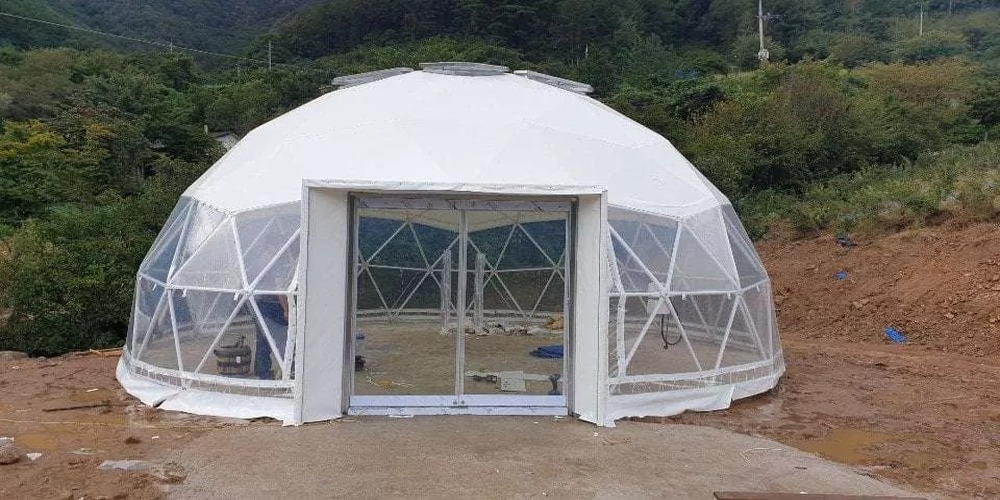Many of us like spending the summer doing things like car camping with our loved ones. Find the perfect camping tent—your home away from home—here whether the campsite is the primary attraction or you’re just using it as a home base.
Tent Capacity To Sleep
The first step in selecting a clear dome tent is to determine the number of people who will be sleeping in it and the number of pets that will also be sleeping in it. However, remember that there are only sometimes accepted criteria for determining an appropriate tent size for a certain number of people.
The Changing Seasons of Tents
Multi-Season Shelters
By a wide margin, the most common type of tent is a lightweight shelter suitable for the milder spring, summer, and fall seasons. They typically have large mesh panels installed to increase ventilation. The mesh screens effectively prevent insect intrusion. While 3-season tents may endure brief exposure to light rain, strong winds, and light snow if properly pitched with a taut rainfly, there are better choices than prolonged exposure to severe weather.
Season Tents
Tents designed for all four seasons are called “extended-season” (3+ season) models. These shelters are excellent for use in the summer and travel in the early spring and late fall when mild snow encounters. They aim to provide optimum breathability, durability, and thermal retention level. There are usually only one or two more poles and a smaller number of mesh panels compared to standard 3-season versions. As a result, they are more resilient and toasty than their 3-season counterparts.
Tents Suitable for All Four Seasons
Mountaineering tents are designed to endure heavy snowfall and high winds, making them suitable for usage year-round. However, their primary purpose is to withstand harsh conditions, especially throughout the winter or above treeline. As a result, they have more poles and thicker materials than 3-season tents. Their dome shapes prevent snow from accumulating on the roof. They have limited options, like as short rainfly and mesh panels. This prevents air from circulating, making them uncomfortable even in mild conditions.
Features of Interest for a Tent
Find a high peak height tent if you want to stand up inside while adjusting to your attire or if you want the feeling of space that comes with a high ceiling (listed in the spec charts). Tents designed in the cabin type have vertical or almost vertical sidewalls to increase headroom and floor area (and some models come with family-pleasing features such as room dividers and an awning or a vestibule door that stake out as such).
If you’re camping during a storm, a dome-shaped tent is your best bet because of its durability and the fact that it blocks the wind better than other styles. They’re rather lofty in the middle, but the walls slope inward, cutting up the usable area.
Optional Tent Accessories
The floor of your tent protects with a ground cloth, which purchases separately. Tent flooring is resilient but wears out over time when exposed to pebbles, twigs, and dirt. It’s far more affordable to repair a footprint than a tent. This is fantastic for family tents with a lot of foot activity. In addition, because they are custom-made to match the specific dimensions of your tent, footprints drain water more efficiently than the standard ground cover. When water is trapped in this way, it runs under your tent and can leak through the floor.
